Home>Gardening & Outdoor>Landscaping Ideas>How To Grow Grass In Hard Soil
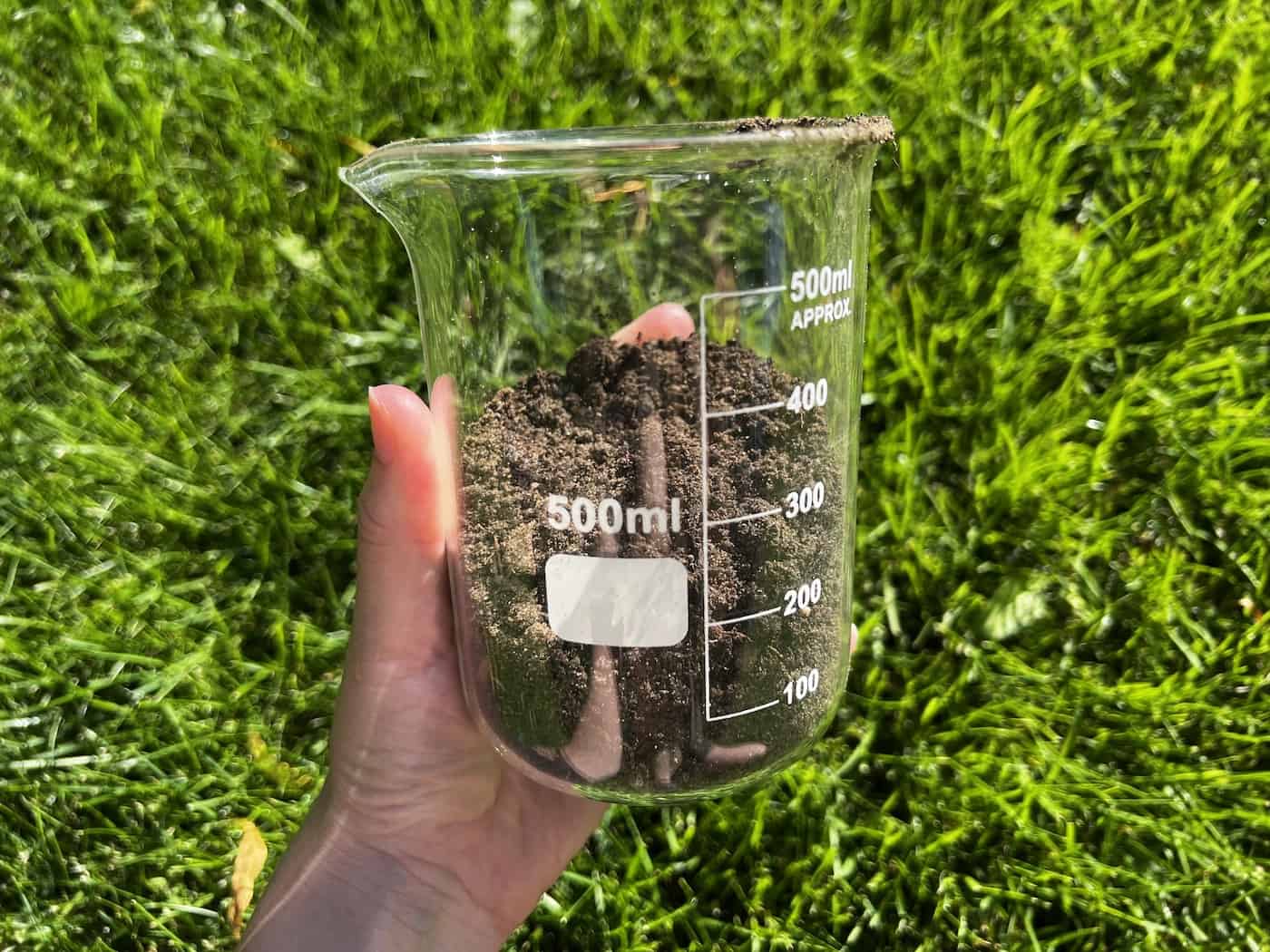

Landscaping Ideas
How To Grow Grass In Hard Soil
Modified: August 16, 2024
Learn effective landscaping ideas for growing grass in hard soil. Discover expert tips and techniques for achieving a lush lawn in challenging conditions.
(Many of the links in this article redirect to a specific reviewed product. Your purchase of these products through affiliate links helps to generate commission for Storables.com, at no extra cost. Learn more)
Introduction
So, you’ve got a yard with hard soil that seems almost impenetrable. Don’t worry, you’re not alone in this struggle. Many homeowners face the challenge of trying to grow grass in tough, compacted soil. While it may seem like an uphill battle, with the right knowledge and techniques, you can transform that barren patch of land into a lush, green lawn.
In this comprehensive guide, we’ll delve into the intricacies of growing grass in hard soil. From understanding the nature of compacted soil to selecting the right grass seed and implementing effective planting and maintenance strategies, we’ve got you covered. By the end of this journey, you’ll be equipped with the know-how to breathe life into even the most stubborn soil and cultivate a thriving lawn that will be the envy of the neighborhood.
So, roll up your sleeves and get ready to dig deep – both figuratively and literally – as we embark on this rewarding endeavor of transforming hard soil into a verdant carpet of grass.
Key Takeaways:
- Choose grass seed varieties like tall fescue and Kentucky bluegrass for hard soil. Consider drought tolerance, wear resistance, and shade tolerance to ensure a thriving lawn.
- Prepare the soil by aerating, adding organic matter, and adjusting pH levels. Plant and maintain grass with precise techniques for successful growth in tough soil.
Read more: How To Grow Grass On Rocky Soil
Understanding Hard Soil
Before diving into the process of growing grass in hard soil, it’s crucial to grasp the nature of compacted earth and its impact on plant growth. Hard soil, also known as compacted soil, is characterized by densely packed particles that restrict the movement of air, water, and nutrients. This compaction can be caused by various factors, including heavy foot traffic, construction activities, or simply the natural settling of the soil over time.
Compacted soil poses several challenges for grass growth. Firstly, the lack of pore space within the soil hinders proper aeration, making it difficult for the roots of grass plants to access oxygen. Additionally, water penetration becomes limited, leading to poor drainage and waterlogged conditions, which are detrimental to the health of grass. Moreover, the compacted nature of the soil impedes the development of a robust root system, further stunting the growth of grass.
One common indicator of hard soil is its resistance to penetration. If you find it challenging to insert a garden trowel or shovel into the ground, it’s likely that the soil is compacted. Another sign to look out for is the pooling of water on the surface, especially after rainfall or irrigation, indicating poor water absorption due to compaction.
Understanding the characteristics and challenges posed by hard soil is the first step in overcoming this obstacle. By addressing the underlying issues and implementing targeted solutions, you can create an environment conducive to successful grass growth, even in the most stubborn of soils.
Choosing the Right Grass Seed
When it comes to growing grass in hard soil, selecting the appropriate grass seed is a critical decision that can significantly impact the success of your lawn. Not all grass varieties are created equal, and some are better equipped to thrive in challenging soil conditions. Here are some key factors to consider when choosing the right grass seed for hard soil:
- Soil Compatibility: Opt for grass species that are known for their resilience in compacted soil. Certain varieties, such as tall fescue and Kentucky bluegrass, have deep root systems that can penetrate tough soil and thrive in adverse conditions.
- Drought Tolerance: Hard soil often exacerbates the effects of drought, as water retention becomes compromised. Look for grass seed varieties that exhibit strong drought tolerance, enabling them to endure periods of water scarcity without sacrificing their lush appearance.
- Wear Resistance: If the area is subject to heavy foot traffic, whether from kids playing or pets roaming, consider grass seed blends that are specifically formulated for high wear resistance. These varieties can withstand the rigors of frequent trampling, maintaining their vigor and beauty over time.
- Shade Tolerance: Assess the sunlight conditions in your yard. If the area receives limited sunlight due to nearby structures or trees, opt for grass seed mixes that thrive in shaded environments, ensuring that your lawn flourishes even in less-than-ideal lighting conditions.
It’s important to note that a soil test can provide valuable insights into the specific characteristics and pH levels of your soil, guiding you in making an informed decision when selecting grass seed. Additionally, consulting with local experts or nurseries can offer tailored recommendations based on the unique environmental factors in your region.
By carefully considering these factors and choosing grass seed varieties that align with the demands of hard soil, you set the stage for a resilient and thriving lawn that can withstand the challenges posed by compacted earth.
Preparing the Soil
Before sowing the seeds, it’s essential to prepare the hard soil to create an environment conducive to successful grass growth. The goal of soil preparation is to alleviate compaction, improve aeration, and enhance the soil’s ability to retain moisture and nutrients. Here’s a step-by-step guide to preparing the soil for optimal grass cultivation:
- Aeration: Use a core aerator or a garden fork to perforate the soil, creating channels for air, water, and nutrients to penetrate the compacted layers. Aeration helps loosen the soil, promoting better root development and overall soil health.
- Amending the Soil: Incorporate organic matter such as compost or well-rotted manure into the soil to improve its structure and fertility. Organic amendments enhance the soil’s ability to retain moisture and nutrients, fostering a more hospitable environment for grass roots.
- Leveling and Grading: Smooth out any uneven areas and address low spots to ensure a uniform surface for planting. Proper grading facilitates efficient water distribution and prevents water from pooling in specific areas, mitigating the risk of waterlogging.
- Soil Testing and pH Adjustment: Conduct a soil test to assess the pH levels and nutrient content of the soil. Based on the results, adjust the pH as needed with the application of lime or sulfur to create an optimal growing environment for the selected grass species.
It’s important to perform these soil preparation steps diligently, as they lay the groundwork for the successful establishment of grass in hard soil. While the initial effort may seem labor-intensive, the dividends in terms of improved soil quality and robust grass growth make it a worthwhile investment. By addressing the underlying issues of compaction and nutrient deficiency, you pave the way for a thriving and resilient lawn that can withstand the challenges posed by tough soil conditions.
Aerate the hard soil to improve its structure and allow air, water, and nutrients to reach the grass roots. This can be done using aeration tools or by adding organic matter to the soil.
Planting the Grass Seed
With the soil primed and ready, it’s time to sow the seeds and set the stage for a lush, resilient lawn. Proper planting techniques are crucial for ensuring the successful germination and establishment of grass in hard soil. Here’s a comprehensive guide to planting grass seed in challenging soil conditions:
- Seed Distribution: Evenly distribute the grass seed using a broadcast spreader or by hand, ensuring thorough coverage of the prepared soil surface. Pay attention to any bare or thin areas, and adjust the seeding rate as necessary to achieve uniform density.
- Raking and Pressing: Gently rake the soil to cover the seeds with a thin layer of soil, promoting good seed-to-soil contact. Lightly press or roll the seeded area to secure the seeds in place and enhance soil-seed contact, which is essential for germination.
- Overseeding: In areas with particularly stubborn soil compaction, consider overseeding – applying an additional layer of grass seed to existing turf. This practice can help fill in sparse areas and bolster the resilience of the lawn.
- Watering: After planting, thoroughly water the seeded area to initiate the germination process. Keep the soil consistently moist but not waterlogged, as excessive moisture can impede germination and encourage fungal diseases.
- Protective Measures: Consider using straw or a biodegradable erosion control blanket to protect the newly seeded area from erosion, birds, and excessive sunlight. These measures can aid in maintaining soil moisture and protecting the emerging seedlings.
It’s important to monitor the seeded area closely and ensure that the soil remains adequately moist during the germination and establishment phase. While the process of planting grass seed in hard soil may present its challenges, the reward of witnessing resilient grass emerge from once-barren ground makes the effort well worthwhile.
By following these planting guidelines and exercising patience and diligence, you can lay the foundation for a vibrant and enduring lawn that thrives in even the toughest of soil conditions.
Read more: How To Grow Grass On Compacted Soil
Watering and Maintenance
Once the grass seed has been planted, proper watering and ongoing maintenance are essential for nurturing its growth and ensuring the development of a healthy, resilient lawn in hard soil. Here are key guidelines for watering and maintaining grass in challenging soil conditions:
- Watering Schedule: Initially, water the newly seeded area lightly and frequently to keep the soil consistently moist. As the grass seedlings emerge and establish, transition to a deeper, less frequent watering schedule to encourage the development of deep roots that can penetrate the hard soil.
- Observation and Adjustment: Monitor the soil moisture levels regularly and adjust the watering frequency based on environmental conditions. Avoid overwatering, as this can lead to shallow root growth and waterlogged soil, exacerbating the challenges of compacted earth.
- Mowing Practices: Once the grass reaches a height of about 3 inches, it’s time for the first mowing. Set the mower blade at a higher setting to avoid stressing the young grass, and ensure that the blades are sharp to achieve clean cuts that promote healthy growth.
- Fertilization: As the grass matures, consider fertilizing the lawn with a balanced, slow-release fertilizer to provide essential nutrients for sustained growth. Opt for fertilizers specifically formulated for challenging soil conditions, promoting deep root development and overall resilience.
- Weed Control: Keep an eye out for weeds that may attempt to take root in the hard soil. Implement targeted weed control measures to prevent invasive plants from competing with the grass for essential resources and stunting its growth.
Consistent and attentive watering, coupled with diligent maintenance practices, plays a pivotal role in nurturing the development of a thriving lawn in hard soil. While the initial establishment phase may require extra care and vigilance, the long-term rewards of a lush, resilient lawn make the effort worthwhile.
By adhering to these watering and maintenance guidelines and adapting them to the specific needs of your lawn, you can foster the growth of a robust and enduring grass carpet that defies the challenges of compacted soil.
Troubleshooting Common Issues
As you embark on the journey of growing grass in hard soil, it’s important to be prepared to address potential challenges that may arise during the establishment and maintenance of your lawn. Here are some common issues encountered when cultivating grass in challenging soil conditions, along with effective troubleshooting strategies:
- Poor Germination: If the grass seed fails to germinate uniformly or exhibits spotty growth, consider overseeding the affected areas to bolster coverage. Additionally, ensure that the soil remains consistently moist during the germination phase to support successful seedling emergence.
- Surface Compaction: If the soil surface becomes compacted over time, impeding the growth of grass, perform periodic core aeration to alleviate compaction and promote better air and water penetration. Incorporating a thin layer of compost during aeration can further enhance soil structure and fertility.
- Thinning Grass: In areas where the grass appears sparse or struggles to thrive, consider overseeding with a compatible grass seed blend to fill in the gaps and bolster the density of the lawn. Adequate watering and targeted fertilization can also encourage the growth of existing grass.
- Soil Erosion: If the seeded area is prone to erosion, implement erosion control measures such as mulching or the use of erosion control blankets to safeguard the soil and protect the emerging grass seedlings from being displaced by water or wind.
- Compacted Soil Beneath Established Lawn: For existing lawns suffering from compacted soil beneath the turf, consider core aerating the area and topdressing with a thin layer of compost to rejuvenate the soil and promote the health of the existing grass.
By proactively identifying and addressing these common issues, you can mitigate potential setbacks and foster the successful growth of a resilient and vibrant lawn in even the most challenging of soil conditions. Adaptation and attentive care are key to overcoming these obstacles and nurturing the development of a thriving grass carpet that defies the odds.
Conclusion
Congratulations on embarking on the rewarding journey of transforming hard soil into a flourishing, verdant lawn. By delving into the intricacies of growing grass in challenging soil conditions, you’ve gained valuable insights and techniques to overcome the obstacles posed by compacted earth. As you navigate this transformative process, keep in mind the following key takeaways:
- Understanding and Preparation: Recognize the characteristics of hard soil and take proactive steps to prepare the ground for successful grass growth. Aeration, soil amendment, and proper grading lay the foundation for a thriving lawn.
- Strategic Grass Selection: Choose grass seed varieties that are well-suited to challenging soil conditions, considering factors such as soil compatibility, drought tolerance, wear resistance, and shade tolerance.
- Meticulous Planting and Maintenance: Implement precise planting techniques, attentive watering, and ongoing maintenance practices to nurture the growth of resilient grass in hard soil, ensuring its long-term vitality.
- Adaptation and Troubleshooting: Be prepared to troubleshoot common issues such as poor germination, surface compaction, thinning grass, soil erosion, and compacted soil beneath established lawns, adapting strategies to address these challenges effectively.
As you apply these principles and techniques, remember that patience and perseverance are essential virtues in the journey of cultivating a thriving lawn in tough soil. The initial efforts and meticulous care you invest in preparing, planting, and maintaining the grass will yield a bountiful harvest of lush, resilient turf that defies the odds and enhances the beauty of your outdoor space.
So, roll up your sleeves, equip yourself with the knowledge and strategies outlined in this guide, and embrace the transformative potential of even the most stubborn soil. With determination and a touch of green-thumb magic, you can turn that barren patch of hard soil into a vibrant, enduring lawn that beckons with its lush greenery and serves as a testament to your dedication and horticultural prowess.
Now, go forth and breathe life into that tough soil – the journey to a thriving lawn awaits!
Frequently Asked Questions about How To Grow Grass In Hard Soil
Was this page helpful?
At Storables.com, we guarantee accurate and reliable information. Our content, validated by Expert Board Contributors, is crafted following stringent Editorial Policies. We're committed to providing you with well-researched, expert-backed insights for all your informational needs.
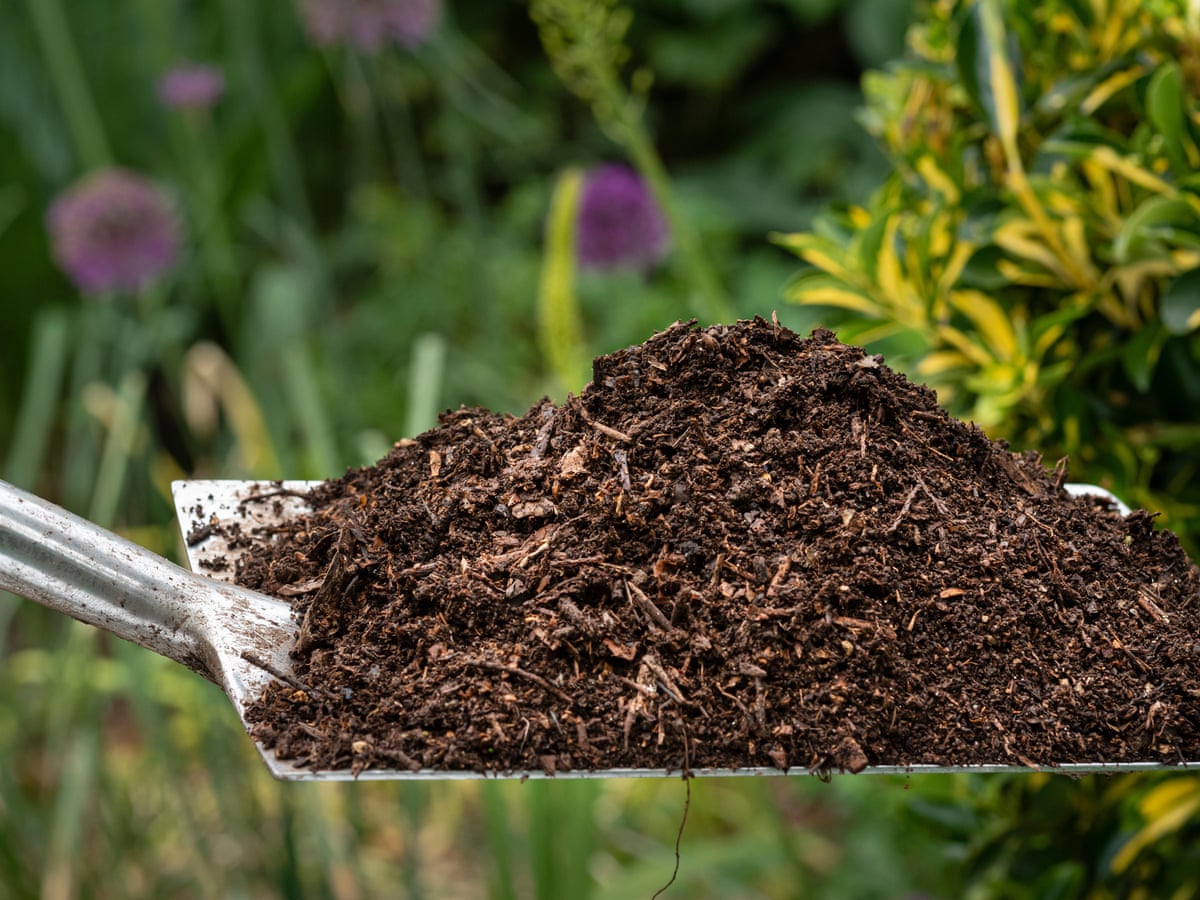
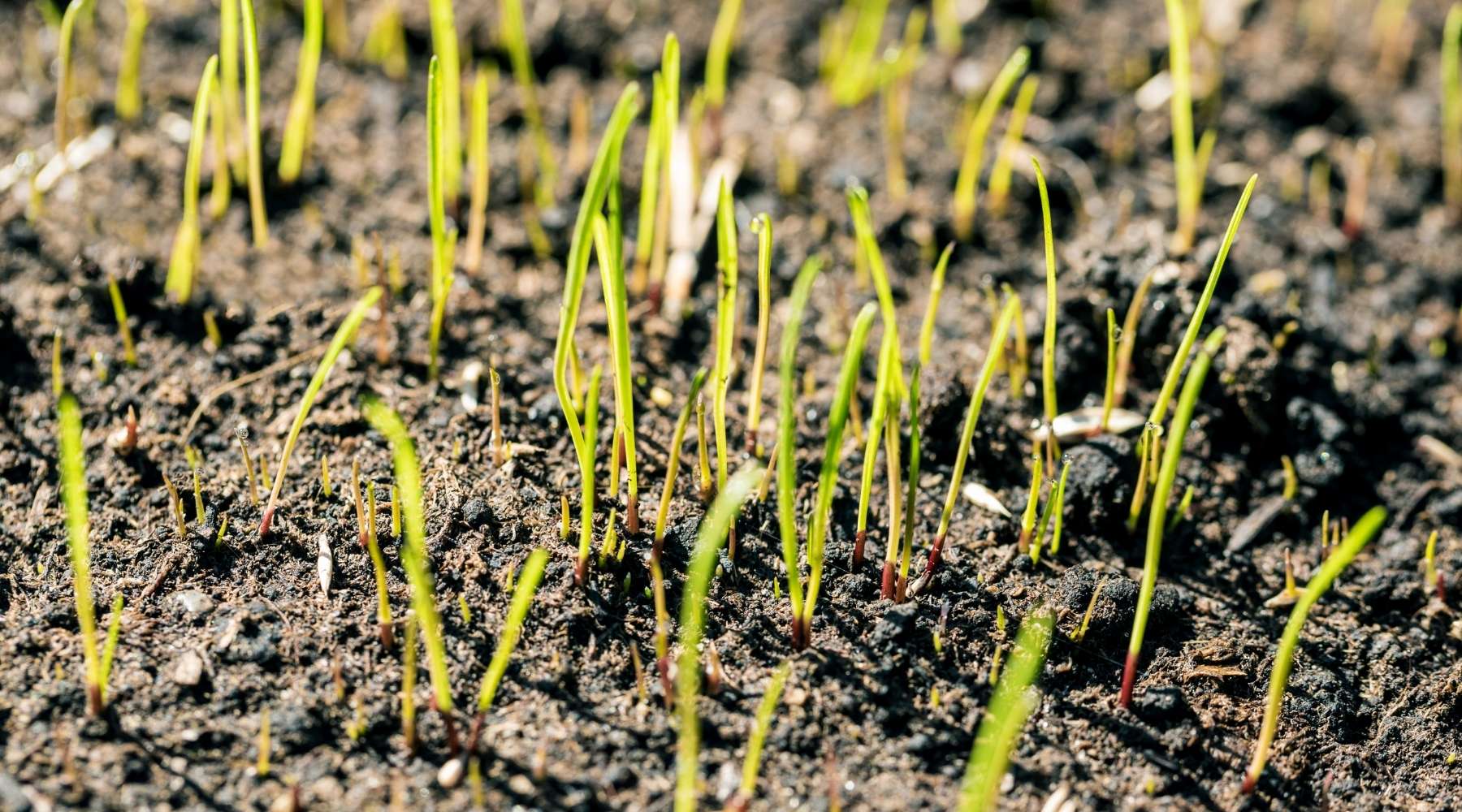
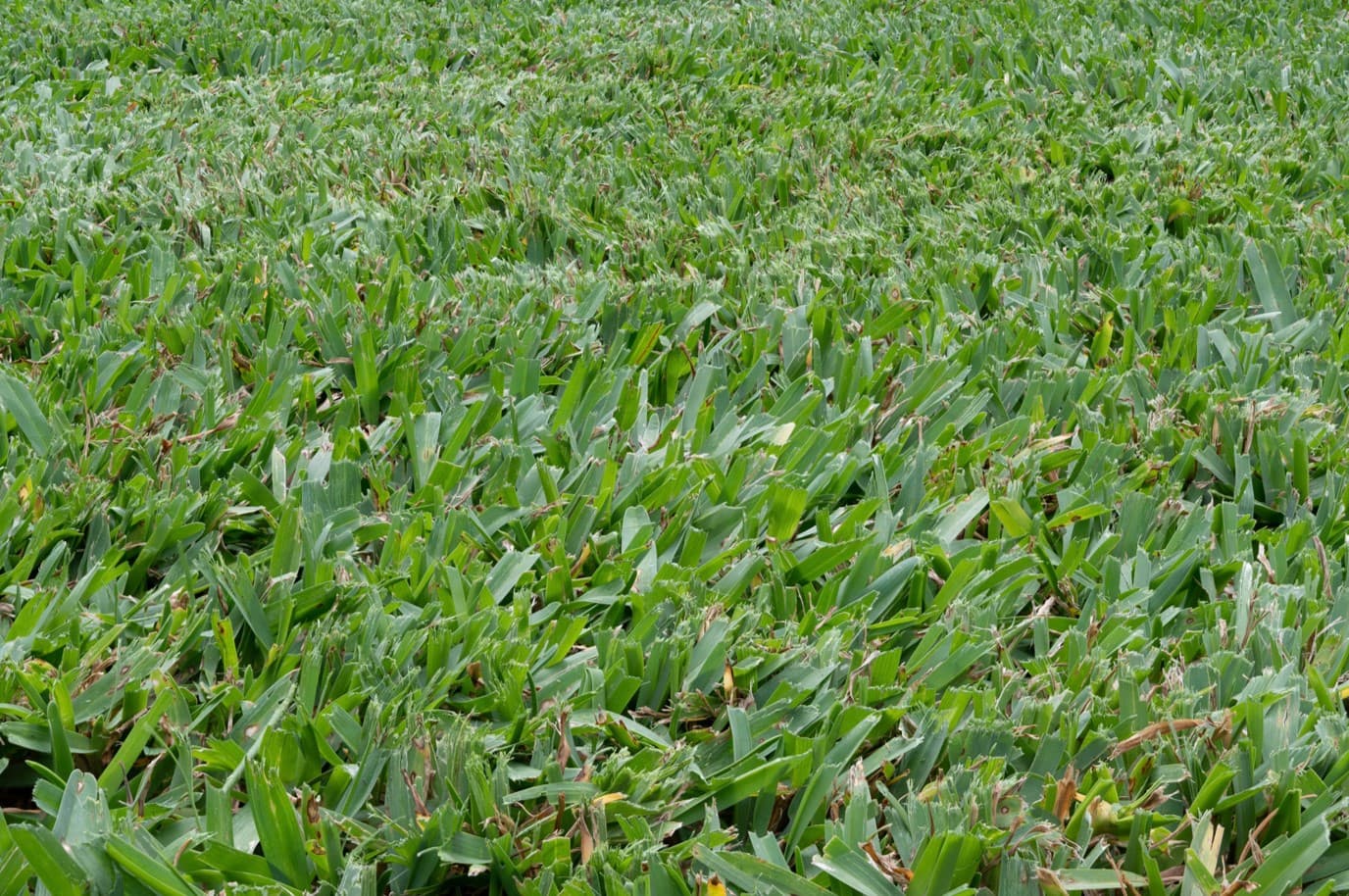
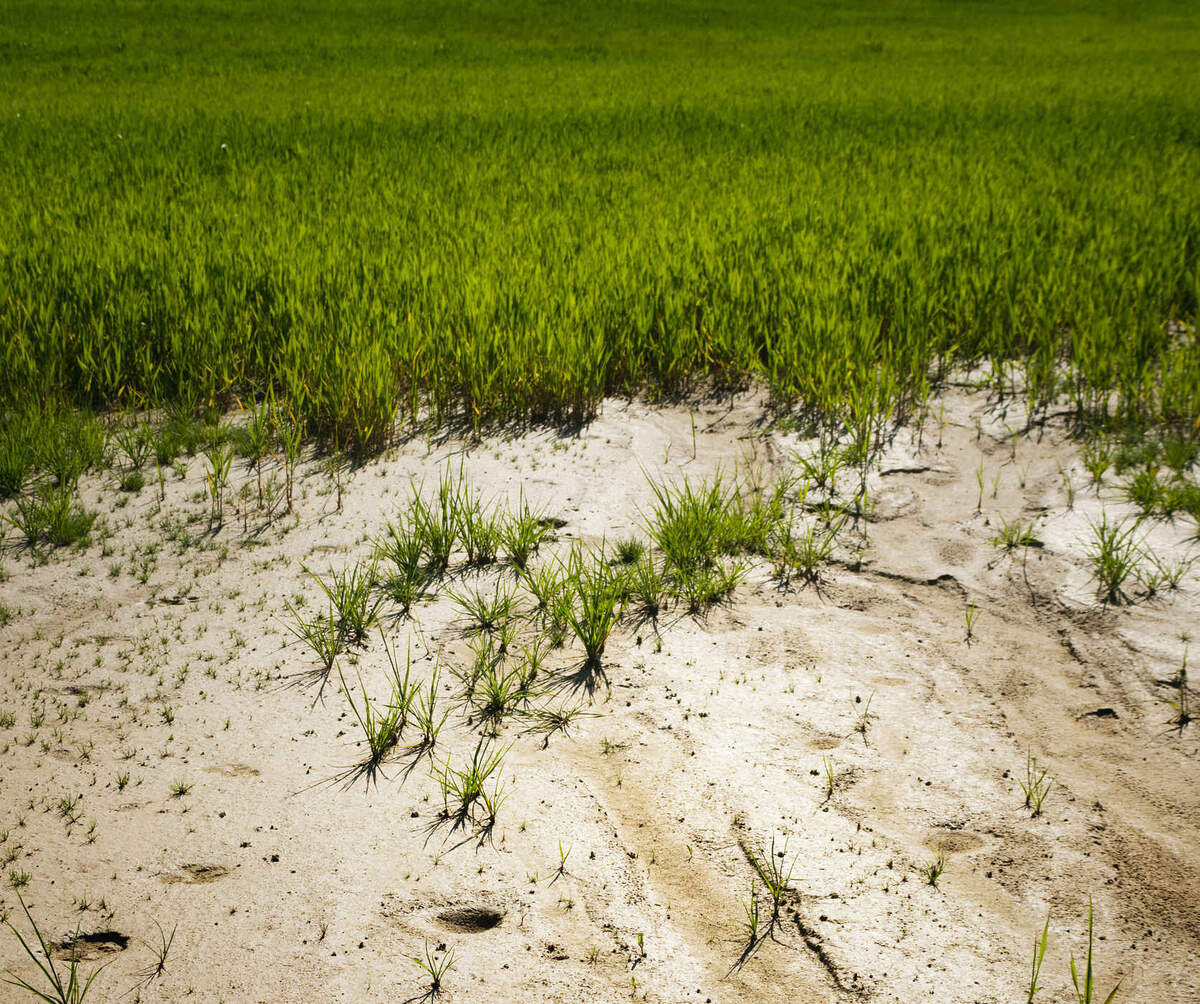
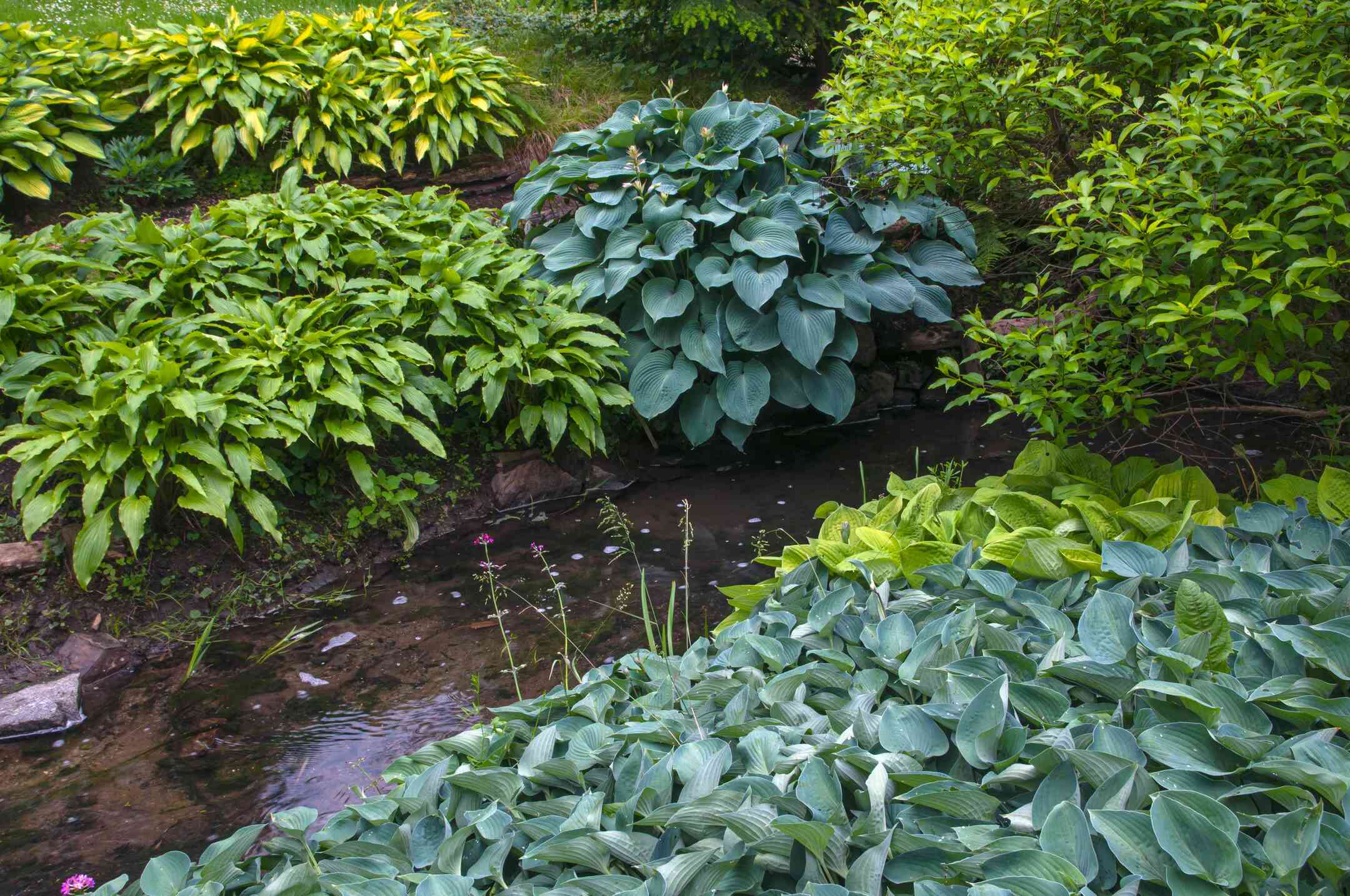
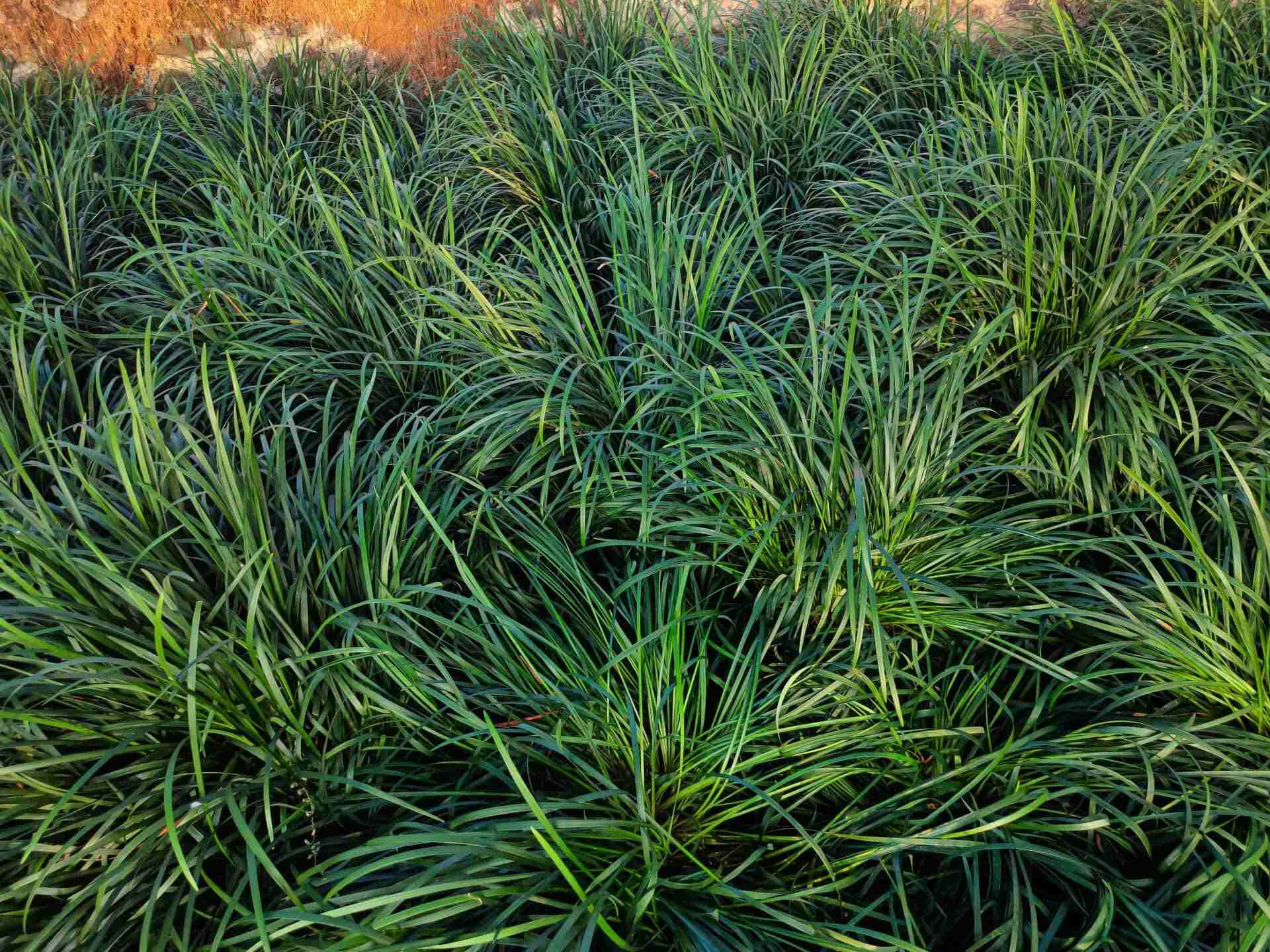
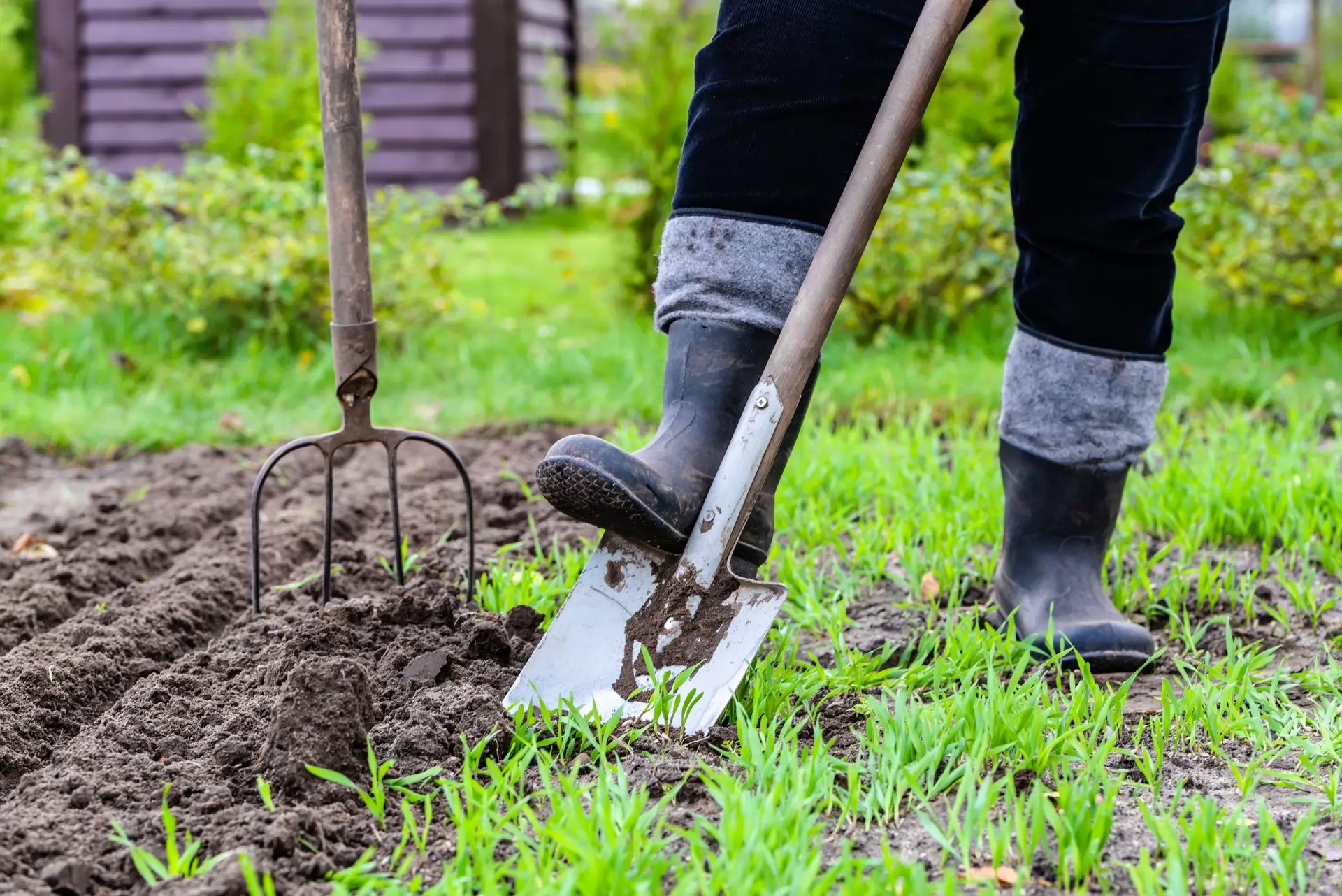
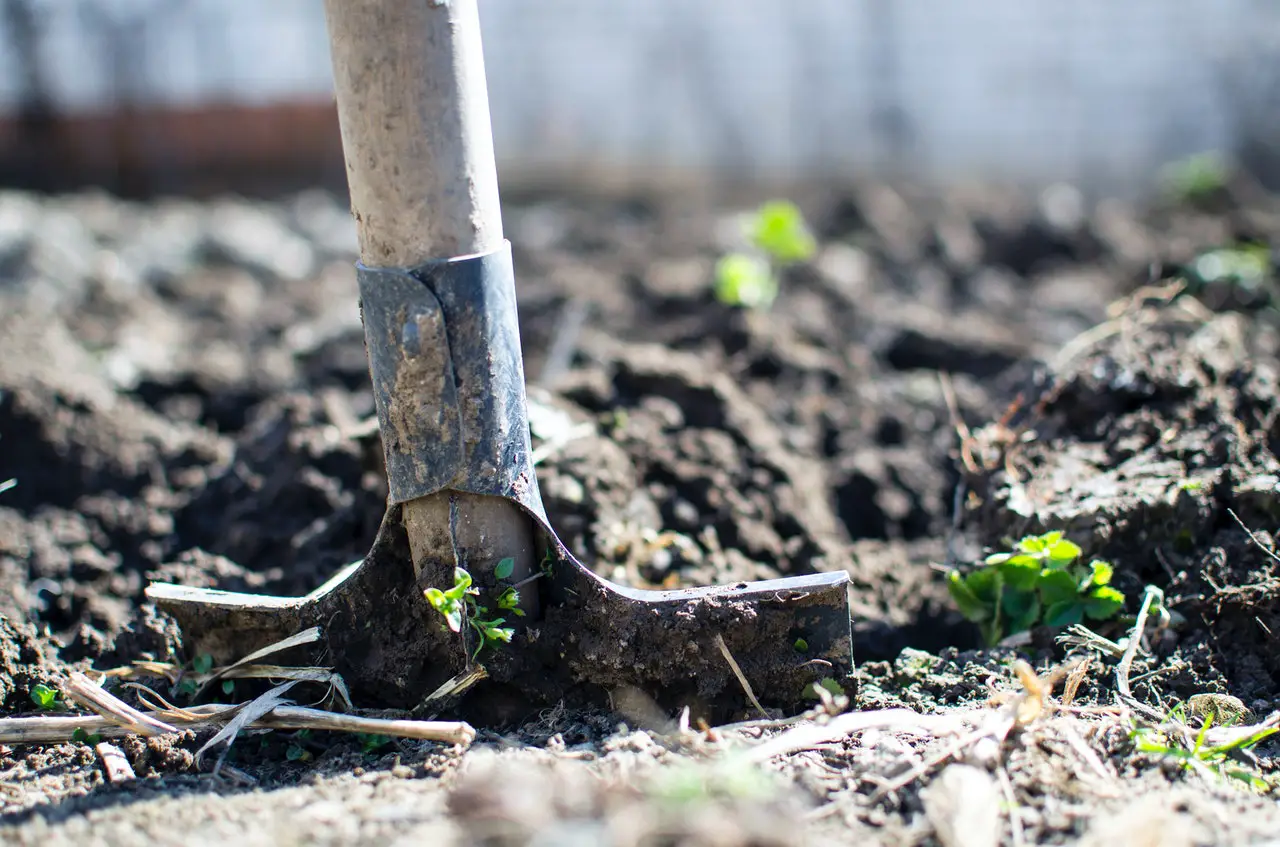


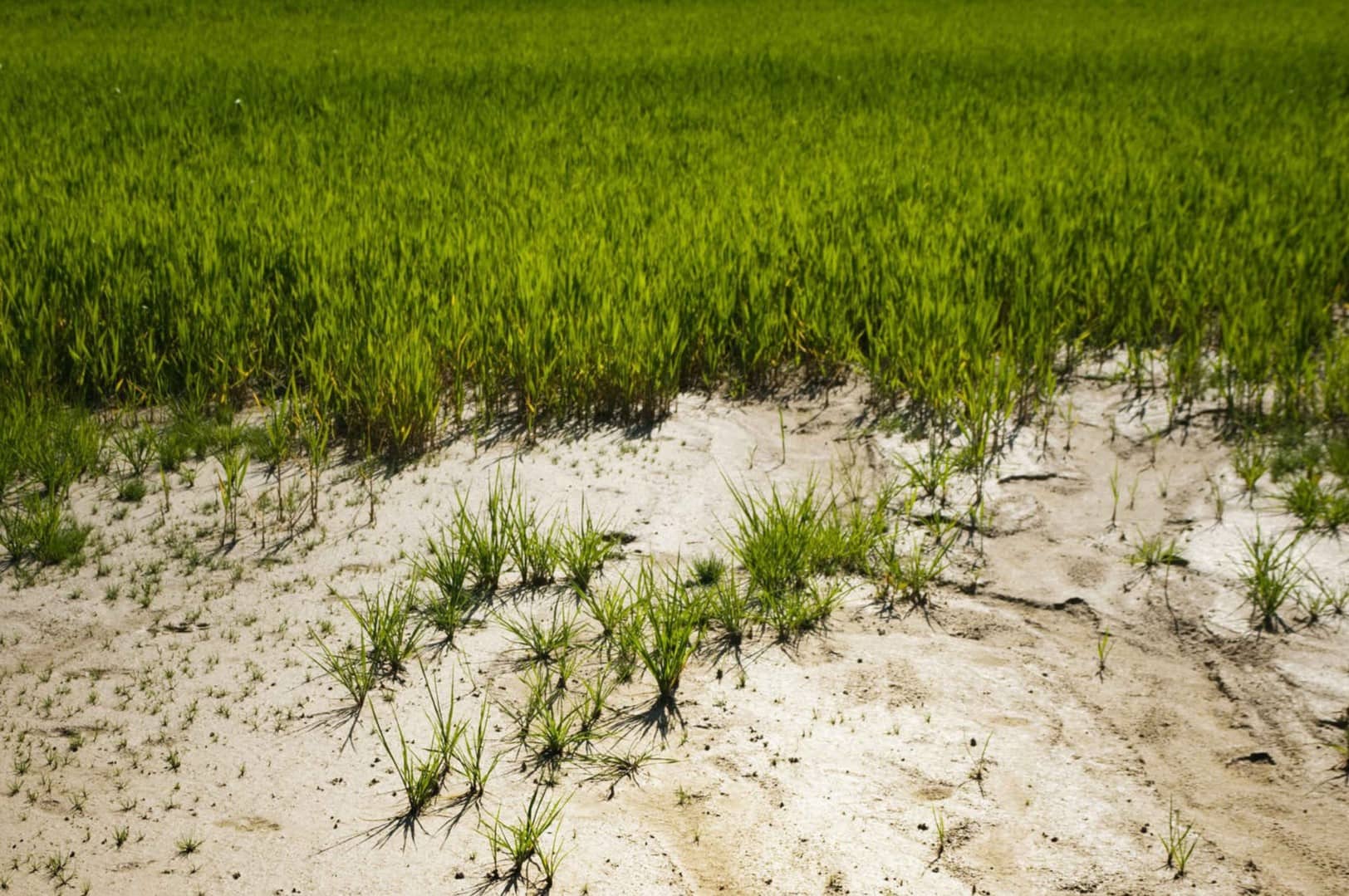
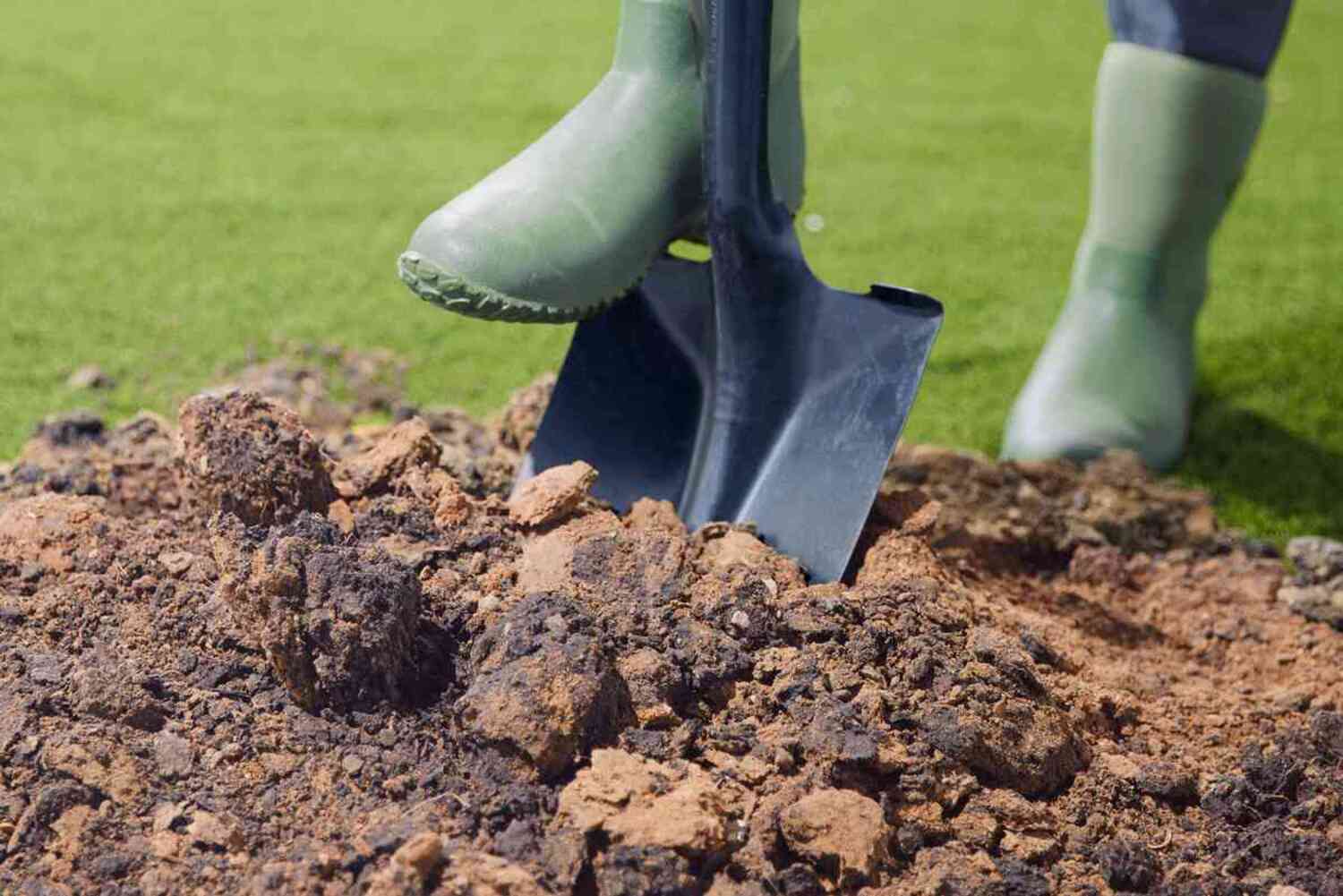
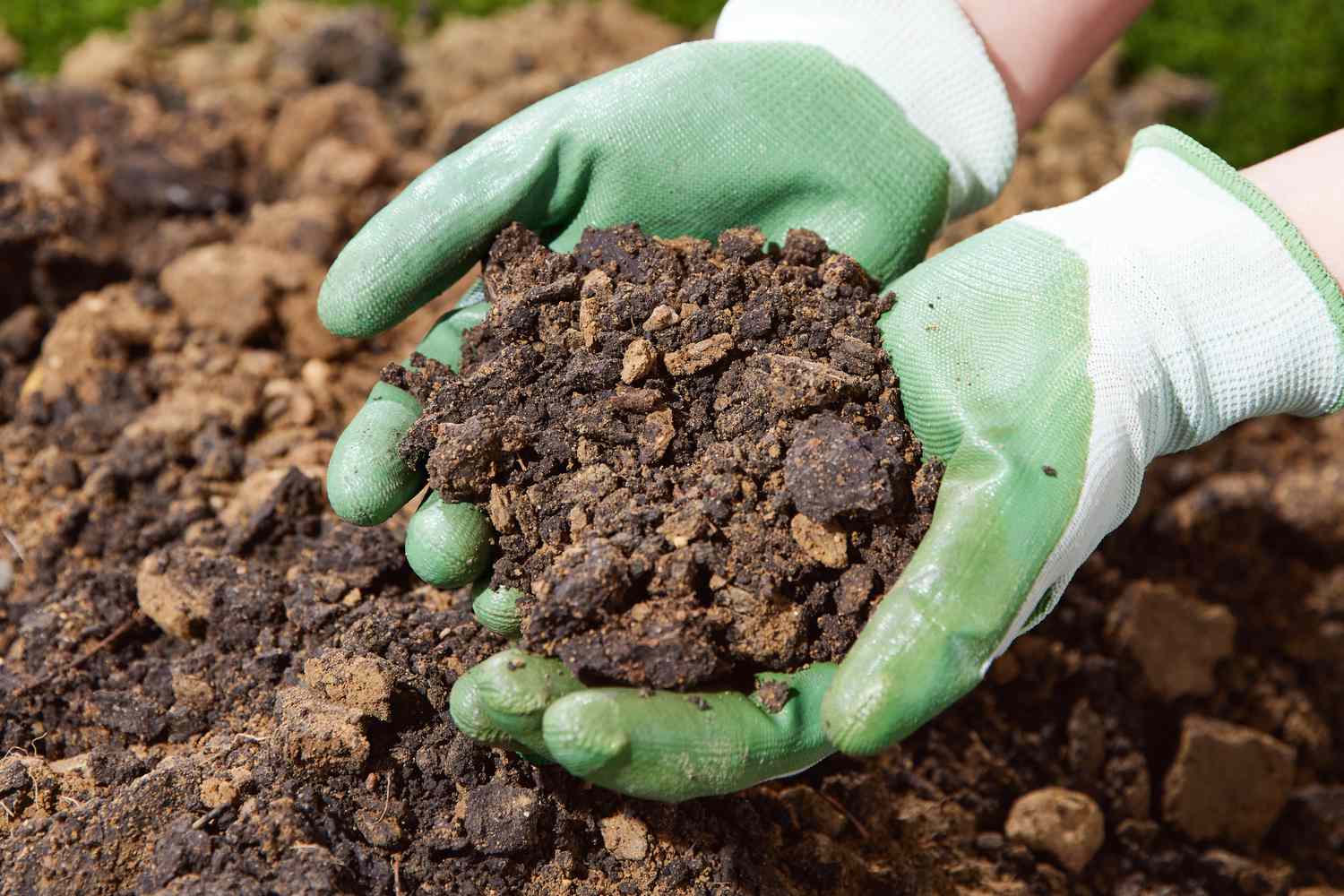
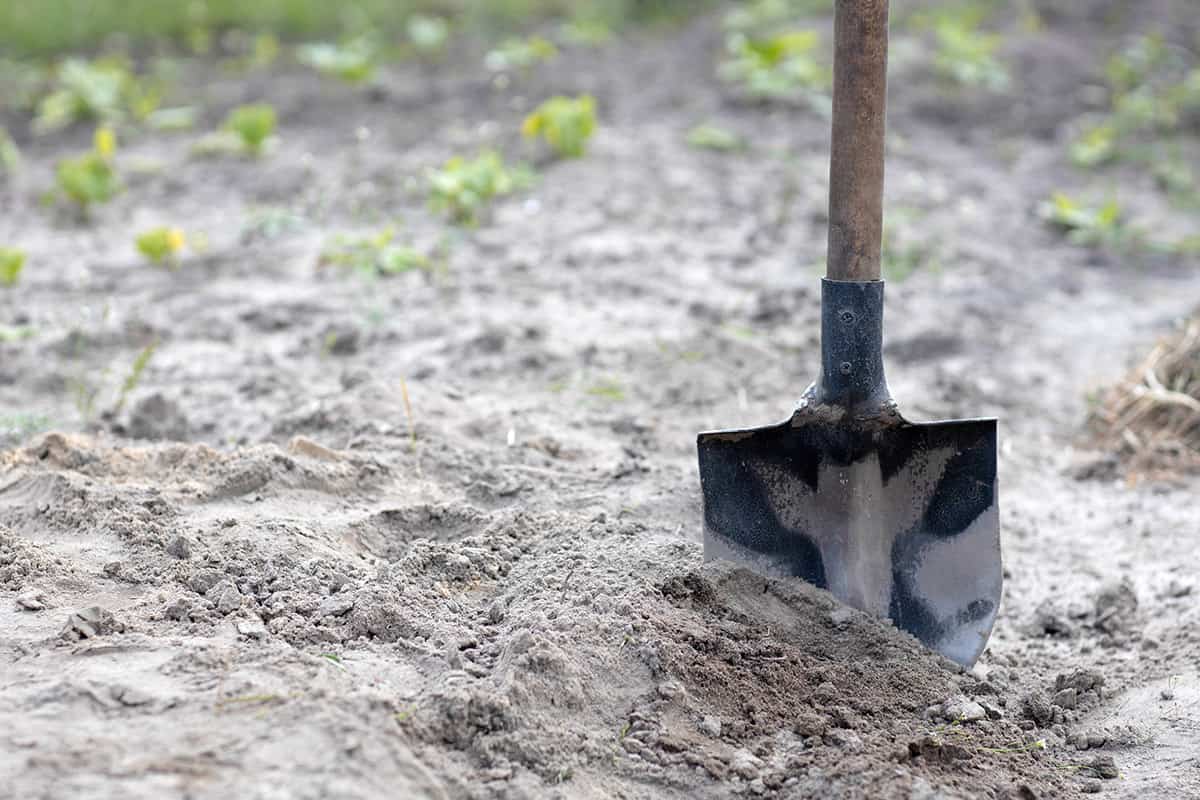

0 thoughts on “How To Grow Grass In Hard Soil”